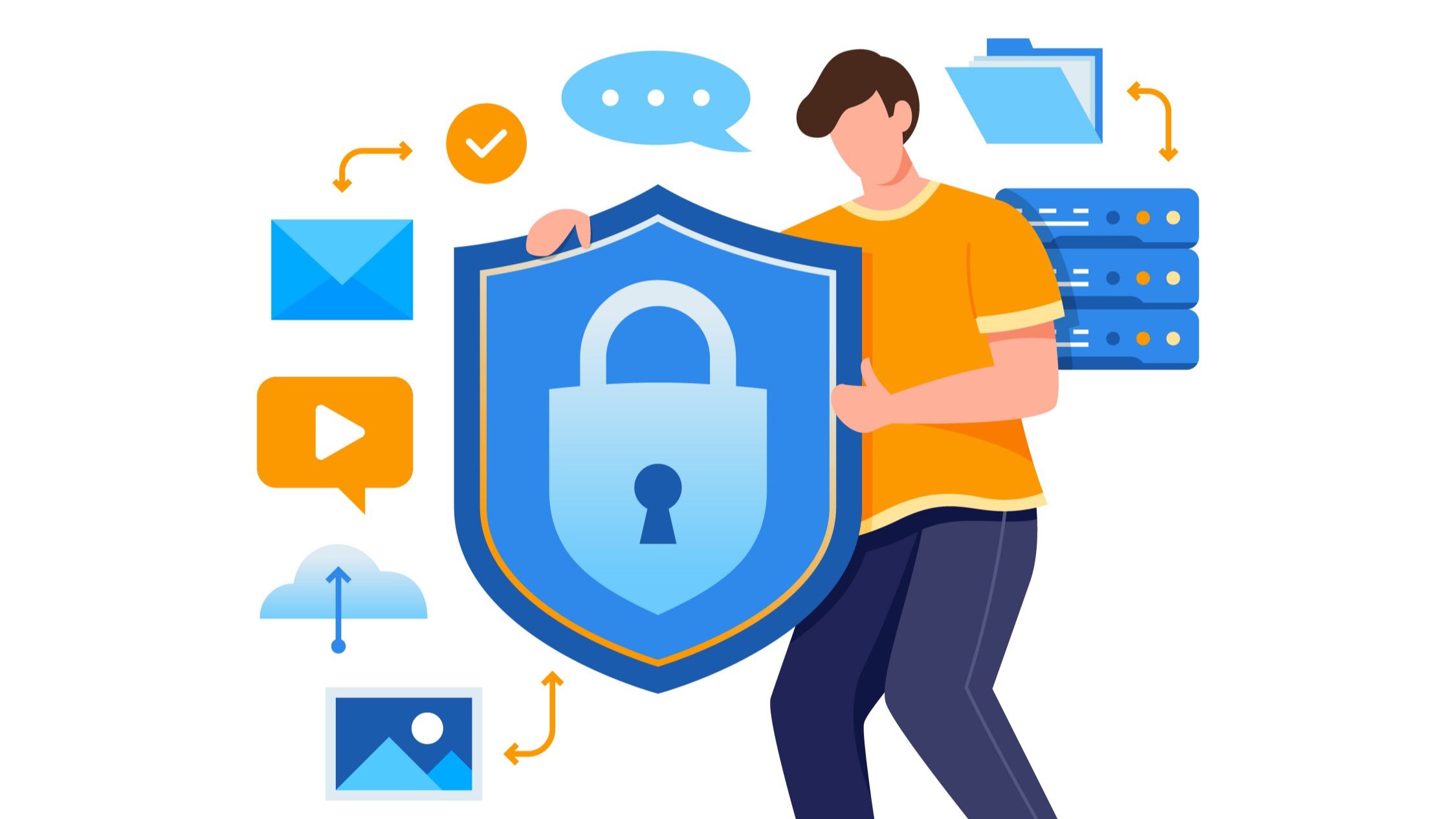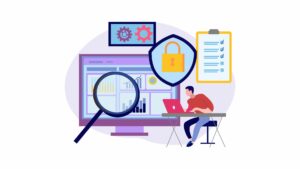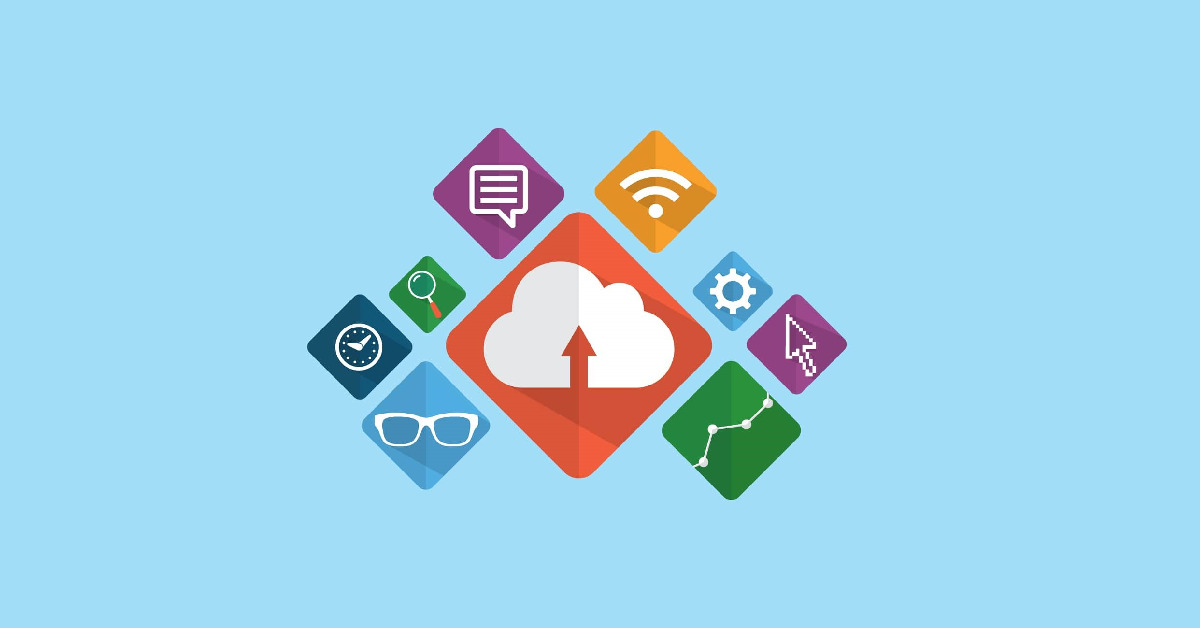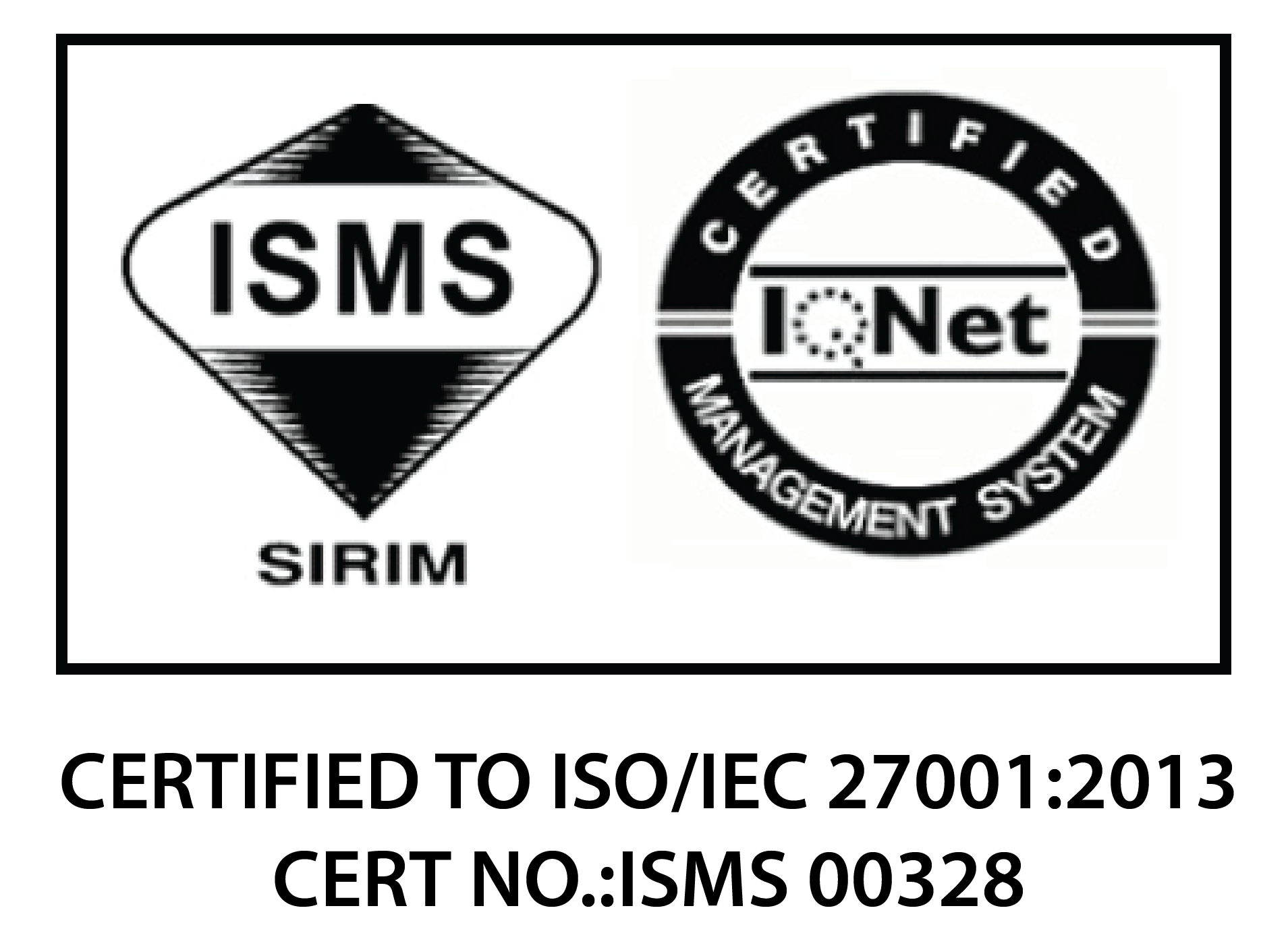With the increasing reliance on technology for day-to-day operations, data loss prevention has become one of the most critical priorities for any business.
From customer information to financial data, businesses that store a vast amount of information must be protected at all times.
However, with the ever-growing number of cyber threats, data loss has become a common occurrence that can significantly impact businesses.
Therefore, implementing effective data loss prevention practices is crucial to safeguard your company’s assets and reputation.
In this article, we’ve compiled seven data loss prevention practices businesses can implement to protect their sensitive data from internal and external threats.
Effective Data Loss Prevention Strategies for Businesses in Malaysia
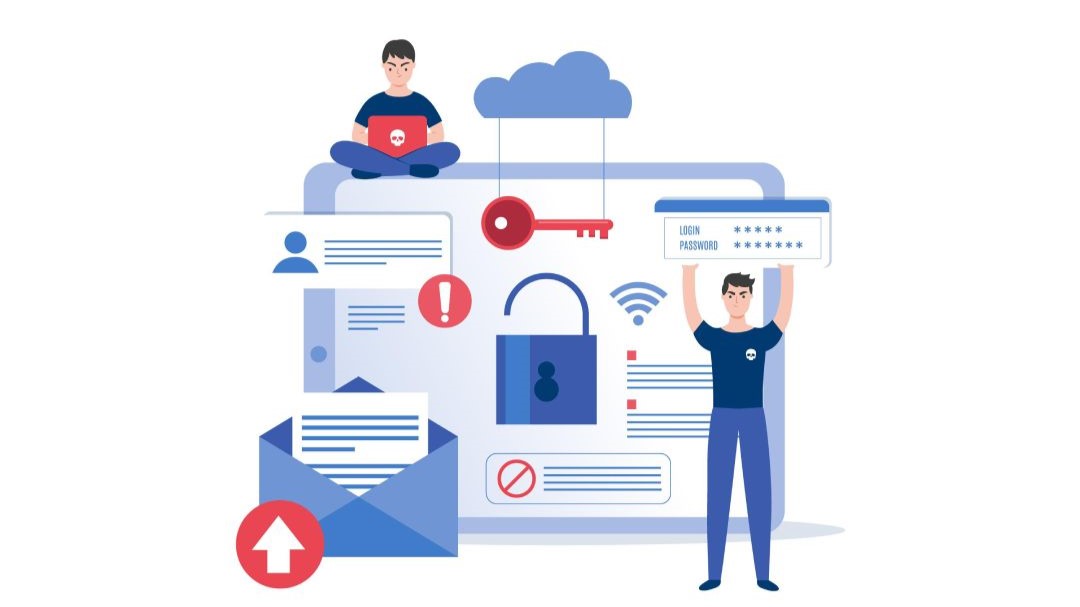
1. Encrypt Sensitive Data
Data encryption is an essential data loss prevention strategy for businesses of all sizes.
It converts data transmitted over the internet or stored on physical devices (hard drives or USB drives) into an unreadable format that can only be deciphered using a decryption key.
This ensures that even if a company’s data is stolen, it cannot be accessed or read by unauthorised individuals.
2. Implement Strong Access Controls
Role-based access control (RBAC) is an approach that assigns access to employees based on their roles within an organisation.
With RBAC, employees can access only the information necessary for their job duties.
For example, a marketing manager may need access to customer data to create targeted marketing campaigns.
However, they would not require access to financial data.
By implementing RBAC, the marketing manager would only have access to client data, reducing the risk of financial data loss.
In addition, multi-factor authentication (MFA) and strong password policies can prevent unauthorised access, adding an additional layer of protection.
3. Conduct Data Loss Prevention Training
Human error is a leading cause of data loss, which makes employee training a critical component of data loss prevention.
Businesses should regularly conduct training sessions to educate employees on data security and the best practices to follow when handling sensitive information.
Important topics to be covered during training sessions should include:
- Recognising and avoiding phishing attacks
- Adhering to strong password policies
- Understanding the potential consequences of data breaches
Read More: Protecting Remote Office 365 User Data is Critical
4. Delete Unnecessary Data
Another critical aspect of data loss prevention is to avoid saving unnecessary data.
Businesses must carefully evaluate the types of data they store and determine which information is critical to their operations.
Data that is no longer needed or redundant should be deleted or disposed of appropriately.
By reducing the amount of stored data, the business is reducing its attack surface. Thus, it is more challenging for hackers to access sensitive information.
Additionally, with lesser data to protect, businesses can simplify their data management process and lower costs associated with data storage.
5. Enforce A Patch Management Strategy
Software vulnerabilities are a common way cybercriminals can access a company’s confidential data.
Therefore, ensuring that all software and systems are updated with the latest security patches is essential.
This can be achieved by utilising automated patch management tools, which can:
- Regularly review and assess software and system vulnerabilities
- Deploy patches and updates promptly
6. Regularly Backup Your Data
Businesses must have a backup strategy in place, as it not only protects their data but ensures business continuity in the event of hardware failures, natural disasters, or cyberattacks.
This involves determining the frequency of data backups, identifying which data should be backed up, and selecting an appropriate storage option.
For example, depending on the size and needs of your business, you can choose to store backups on external hard drives, cloud storage, or other offsite storage options.
7. Evaluate Your Data Loss Prevention Strategy
Lastly, it is crucial to measure the performance of your data loss prevention strategy.
Without regular evaluation, you may be unaware of system vulnerabilities or over-investing in areas that do not require as much focus.
As a result, you should establish relevant metrics and key performance indicators (KPIs) that align with your business’s objectives.
Some examples include:
- The number of data breaches or incidents
- The severity of data loss
- The time taken to detect and respond to a data breach
Read More: Cybersecurity in the Healthcare Industry: Is It Important?
Comprehensive Data Backup with Aegis
In conclusion, implementing effective data loss prevention practices is crucial for businesses to safeguard their sensitive data and ensure business continuity.
By following the seven strategies outlined above, businesses can significantly reduce their risk of data loss and protect their reputation, finances, and customer trust.
Aegis Cloud Universal Backup (CUB) is a cloud-based backup solution that enables businesses to protect their critical data and applications from:
- Unexpected data loss
- Cyberattacks
- Hardware failures
- And other disasters
With Aegis CUB, businesses can easily back up their data to the cloud and restore it quickly when needed, minimising downtime and ensuring business continuity.
This solution also offers flexible backup options, including full and incremental backups and security features to keep your data safe.

